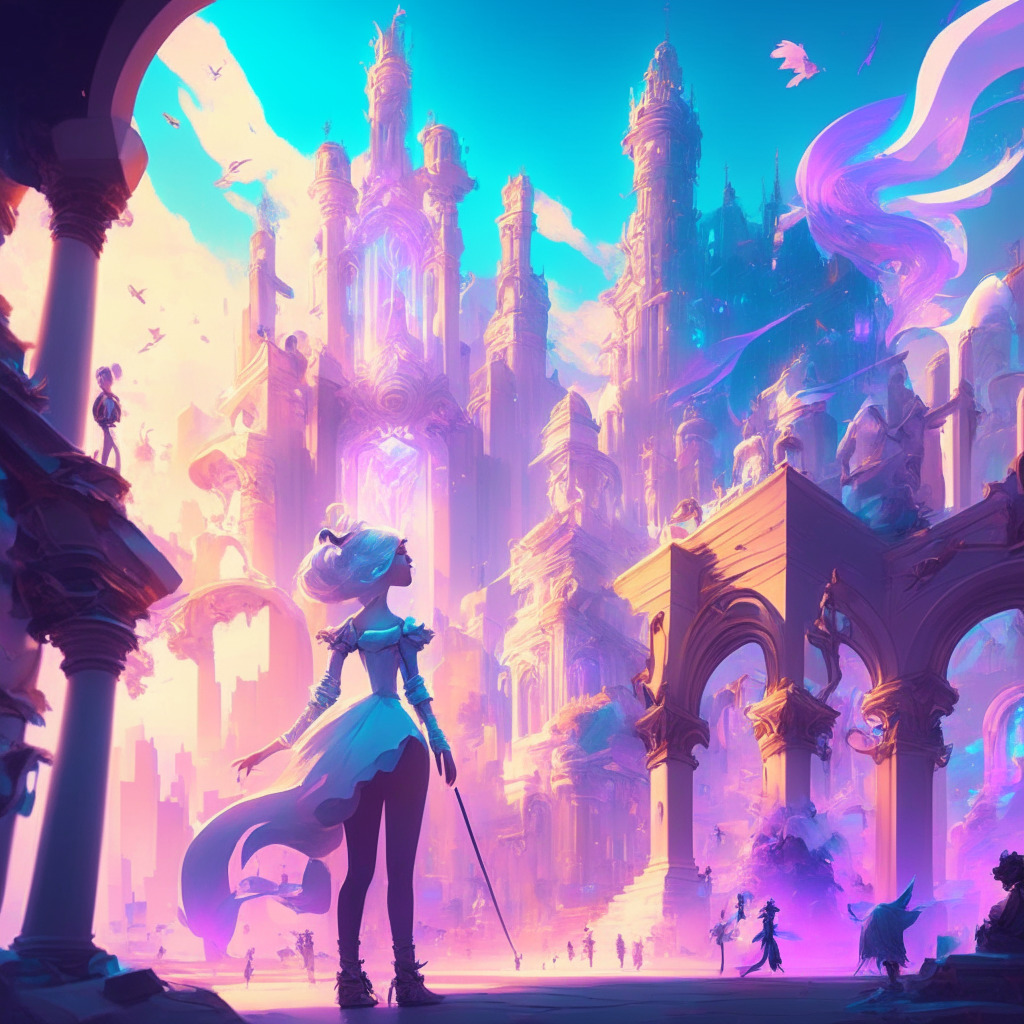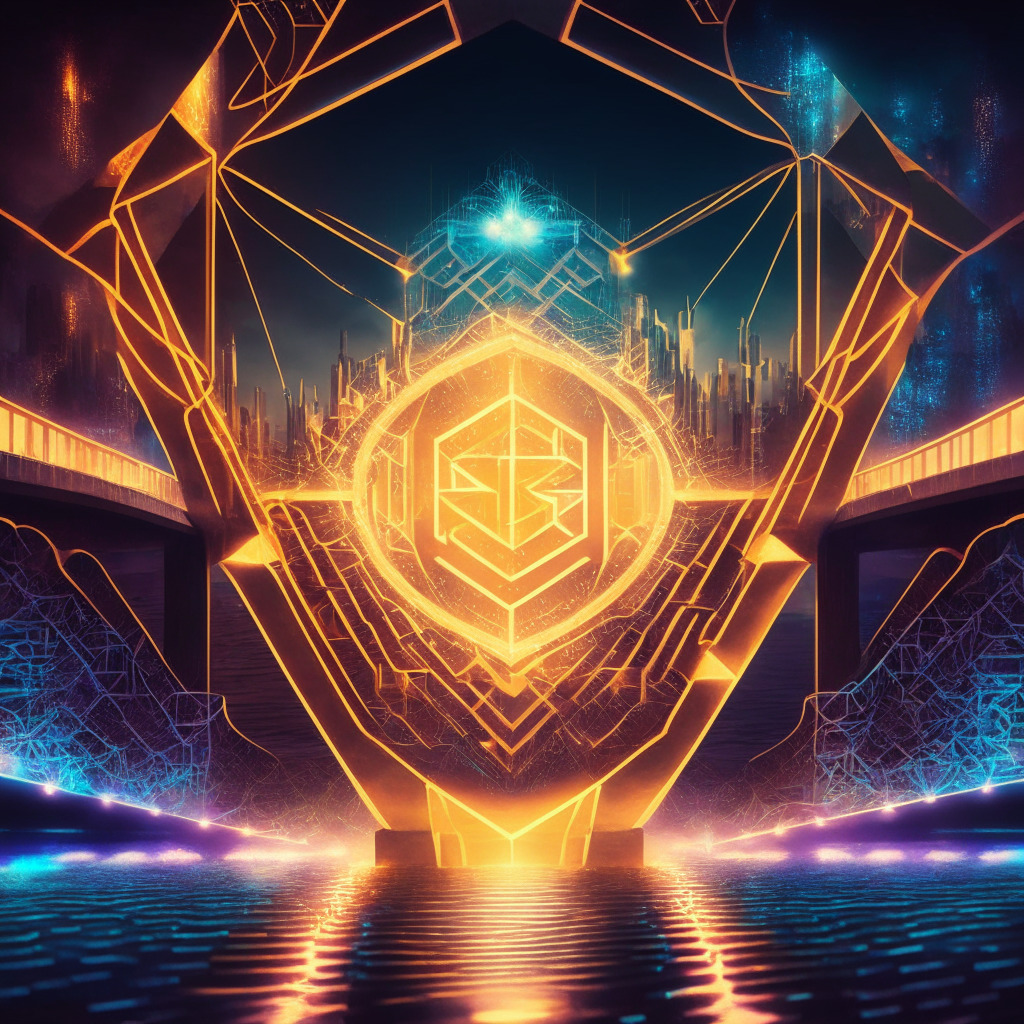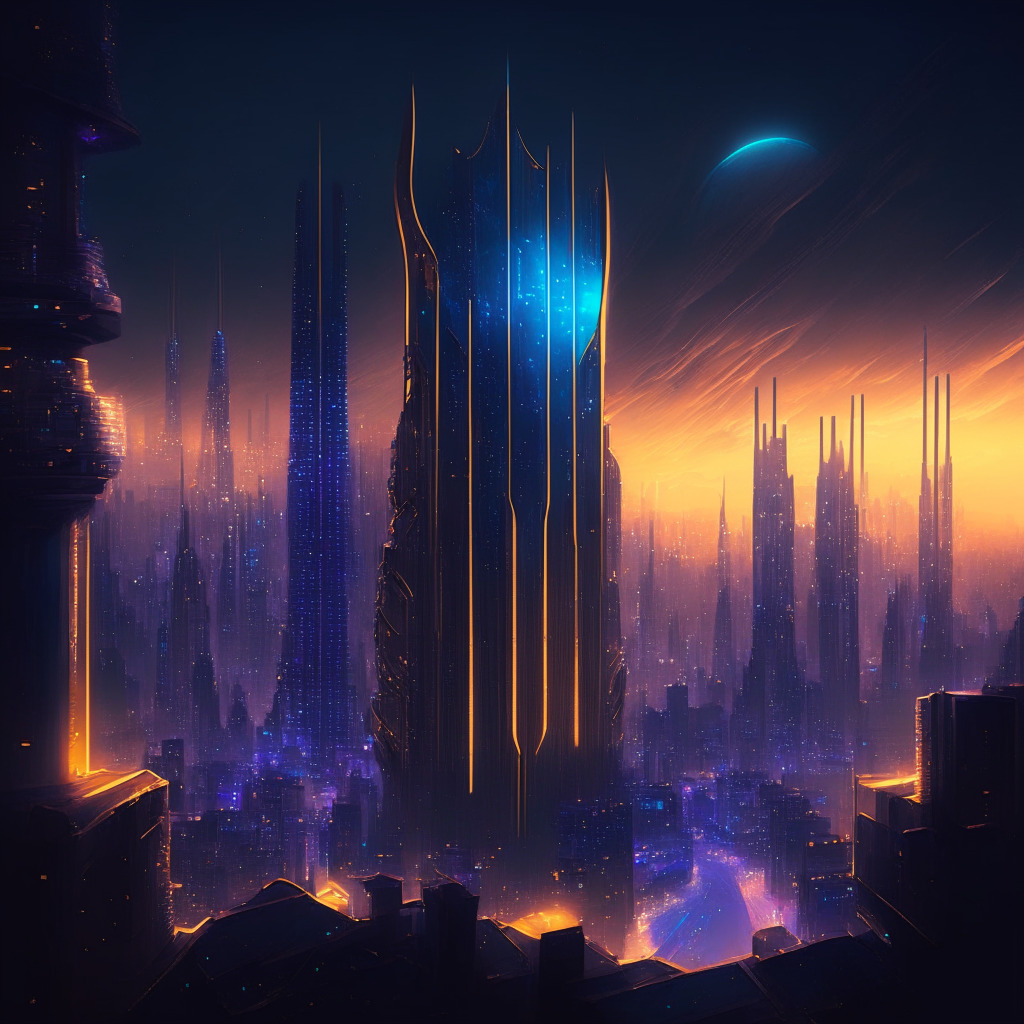Since its inception in 2017, Web3 gaming (a.k.a. blockchain gaming) has faced significant hurdles, leaving the industry at a critical crossroads — adapt or perish (as some believe). But others, including myself, are confident that the world of Web3 games is merely undergoing a much-needed transformation, having only recently shed the hype-driven mentality that marked its infancy. To put this into context, one must remember that mobile games had similar challenges. The quality of the first games, created primarily by enthusiasts and indie studios, was noticeably poor. The infrastructure needed for developing and delivering high-quality games was absent. Fast forward to today, the global mobile gaming market has increased from $118.34 billion in 2022 to $138.63 billion in 2023, with a compound annual growth rate (CAGR) of 17.1%.
For Web3 games to reap the same rewards, game quality, sustainable economies, engagement and fun must be a top priority. Enhancing game quality is characterized by well-designed game mechanics, logical rules, and a balanced system that promotes fair play. Visual aesthetics, compelling storylines, intuitive UI/UX, performance and stability, quality sound design, and replayability are essential.
Building sustainable economies involves focusing on tokenomics, creating a fair and balanced earning model, enabling true asset ownership, incorporating decentralized governance, and maintaining scalability and security. A sustainable economy balances supply and demand, incentivizes player participation, and ensures the fair distribution of resources and rewards.
Increasing engagement includes intriguing gameplay, social interaction, narrative and world-building, challenge and skills development, and rewards and recognition. In the context of Web3 games, engagement also includes economic incentives, asset ownership, decentralized governance, and interoperability.
Fun in gaming largely corresponds with game quality, sustainable economies, and engaging gameplay but is inherently tied to the individuality of each player. Crafting fun games fundamentally comes down to understanding individual preferences and combining them with common archetypes. By focusing on these elements, game developers can elevate Web3 games and change the stigma surrounding them. It’s all about striking that perfect balance.
Source: Cointelegraph




